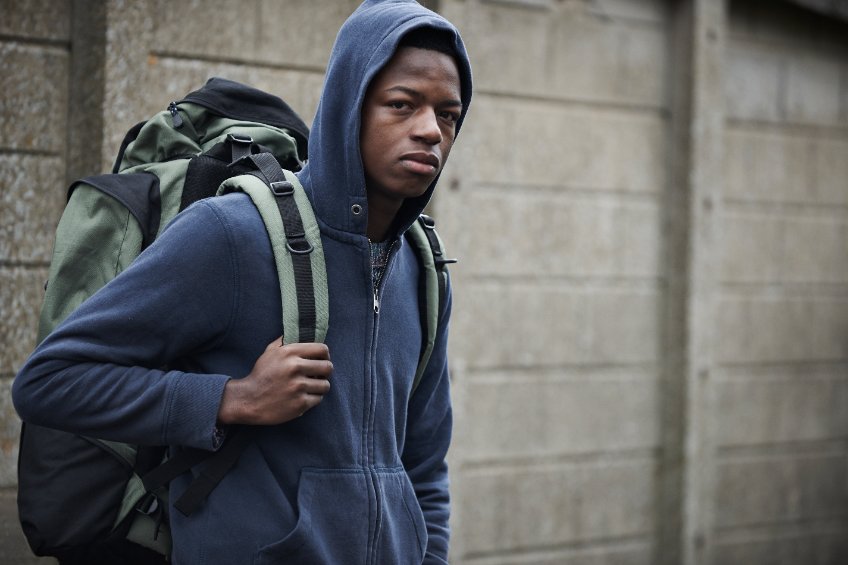What is your reaction when you see the term “exclusionary discipline “? It’s a common practice in some schools, and it is just what it sounds like, excluding children from participating in school activities as a punishment for infractions.
We know the pandemic had a tremendous impact on youth mental health, but how has student behavior changed? What happens to kids when they are suspended from school as a consequence for serious behavior problems? Maybe it’s time to rethink school discipline.
As a former principal of a K-8 school, I am guilty of suspending students from school because of their behavior. Although it may have been a last resort and assigned only in cases where a student had physically harmed another, in hindsight, I could have made better choices.
I believe that every time a student is sent to see the principal because of a behavioral issue, it allows the administrator to build a relationship with that student. I also feel strongly that there is a connection between behavior, discipline, and mental health.
If you look at student discipline through the lens of a culture of caring, it isn’t very caring to kick a kid out of school for a few days. Does it really change their behavior and encourage them to make different choices in the future? Or does it increase the trauma they have experienced that led to an outburst?
Sometimes giving a kid a second chance is the right thing to do. I once had a new 8th grade student enroll after the school year had started. When I found out he had been expelled from his previous school in another state, I realized it might not have been a good idea to accept him.
He turned out to be a really nice young man who acted as a mentor to younger students. He was kind and generous and not at all rotten as you might have assumed based on his discipline record. It turned out he had been acting out in fear. Fear of being a victim. He lived with his mom in a highly dysfunctional setting and was at risk of physical violence from his stepfather. He knew that his behavior would get him kicked out of school. He did it for his own safety because it was the only way he felt he could get out of that situation and go live with a relative far away.
The point is that school administrators need to dig a little deeper when investigating disciplinary incidents. It isn’t weak or indecisive to find out about a child’s background before doling out consequences based on a checklist of choices. Considering alternative consequences may give a student some support and a sense of connection rather than rejection. Do you really need to make a child who is already miserable even more miserable?
You can choose to turn an incident into a learning experience for the students involved and their families. There were times when I contacted parents after an incident, not to report that their child had been suspended based on school policy but to discuss the event and ask for input about what they thought a logical consequence might be.
Community service often seemed like a better consequence for several reasons. One is that doing something to help others makes you feel better and gives you time to reflect on what happened in a more positive light. It also provides opportunities to build relationships with others – a benefit for mental health.
In a culture of caring, you must consider the whole child. If you use each disciplinary incident to build a relationship, you are also weaving a safety net and helping the child express their feelings—two critical steps in mental health care and suicide prevention.
By that logic, not suspending a student and finding alternative consequences, you could be saving a life. Maybe not today, but sometime down the road, that child might suffer from depression, anxiety, or some other disorder. They might remember that “My principal cared about me. My teachers cared. I am somebody who has worth. I can get help if I ask for it. Today is not a good day to die.”
 A
Culture of Caring: A Suicide Prevention Guide for Schools (K-12) was
created as a resource for educators who want to know how to get started and
what steps to take to create a suicide prevention plan that will work for their
schools and districts. It is written from my perspective as a school principal
and survivor of suicide loss, not an expert in psychology or counseling. I hope
that any teacher, school counselor, psychologist, principal, or district
administrator can pick up this book, flip to a chapter, and easily find helpful
answers to the questions they are likely to have about what schools can do to
prevent suicide.
A
Culture of Caring: A Suicide Prevention Guide for Schools (K-12) was
created as a resource for educators who want to know how to get started and
what steps to take to create a suicide prevention plan that will work for their
schools and districts. It is written from my perspective as a school principal
and survivor of suicide loss, not an expert in psychology or counseling. I hope
that any teacher, school counselor, psychologist, principal, or district
administrator can pick up this book, flip to a chapter, and easily find helpful
answers to the questions they are likely to have about what schools can do to
prevent suicide.


